Houseplants That Heal: 10 Living Room Plants That Fill Your Home With Oxygen
Houseplants do more than beautify your space then they can boost your health too. This list of 10 powerful living room plants is known for purifying the air and increasing oxygen levels indoors. From the peace lily and snake plant to aloe vera and areca palm, these 10 natural air purifiers help reduce toxins and enhance overall well-being. Easy to maintain and visually appealing, these healing plants make your home healthier, fresher, and more vibrant while adding a calming touch to your living space.
Areca Palm

Areca Palm (Dypsis lutescens)
This is one of the best oxygen-producing plants, which adds moisture to the air (acts as a humidifier) and removes benzene, formaldehyde, carbon monoxide, and xylene. Bright, indirect light; tolerates low light. Keep the soil slightly moist but not soggy. Mist occasionally to maintain humidity. The best placement is near an east or west-facing window, away from cold drafts.
Snake Plant
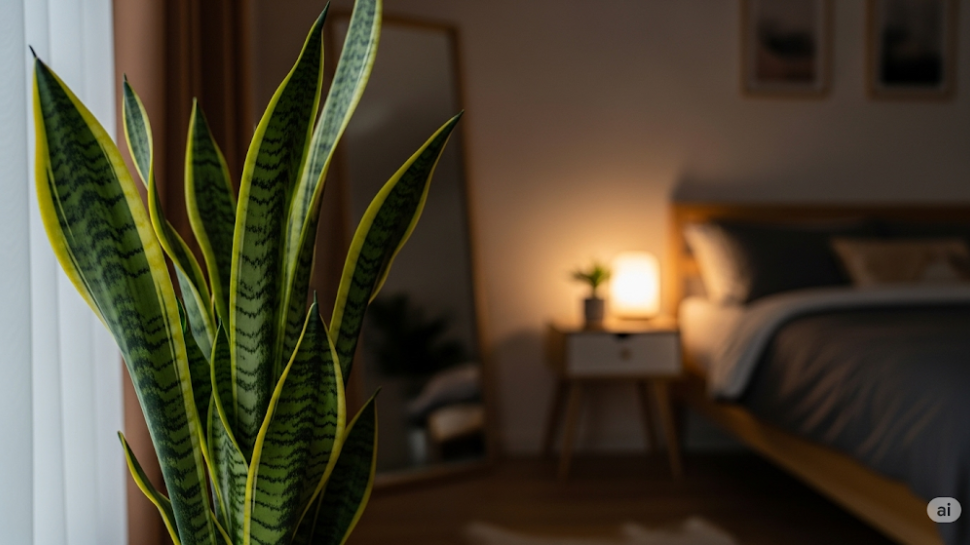)
Snake Plant (Sansevieria trifasciata / Mother-in-Law’s Tongue)
This converts CO₂ into oxygen at night via CAM (Crassulacean Acid Metabolism). It is ideal for improving indoor oxygen levels while you sleep and removes formaldehyde, benzene, xylene, and toluene. It is very low maintenance and tolerates low light and irregular watering. Let the soil dry completely between waterings. Best Placement is in low-light corners, bedrooms, or near windows.
Spider Plant
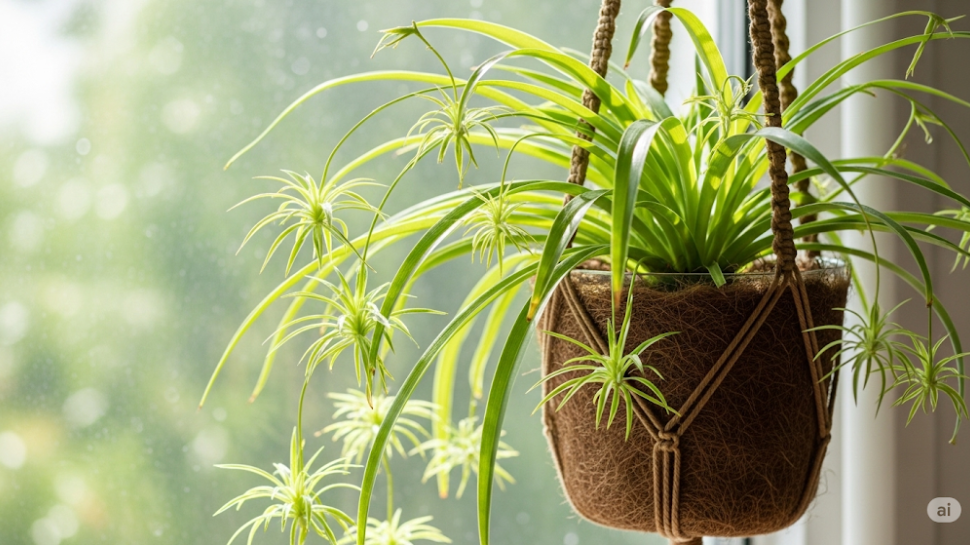)
Spider Plant (Chlorophytum comosum)
It is fast-growing and high oxygen output, and is also a natural humidifier. This removes carbon monoxide, formaldehyde, and xylene. Needs bright, indirect light preferred. Water the soil when it is dry and avoid overwatering. This is safe for pets. The best placement is hanging baskets or shelves with indirect light.
Peace Lily
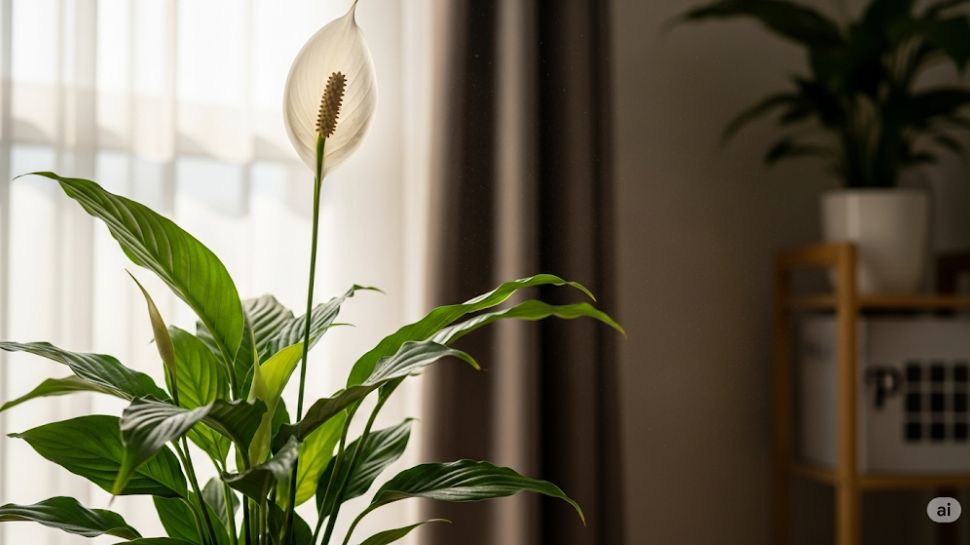)
Peace Lily (Spathiphyllum)
This releases oxygen and increases room humidity. It absorbs ammonia, benzene, formaldehyde, and trichloroethylene. This prefers low to medium light. Keep the soil moist, but avoid waterlogging as this is toxic to pets. The best placement is near windows with filtered light, away from pets.
Aloe Vera
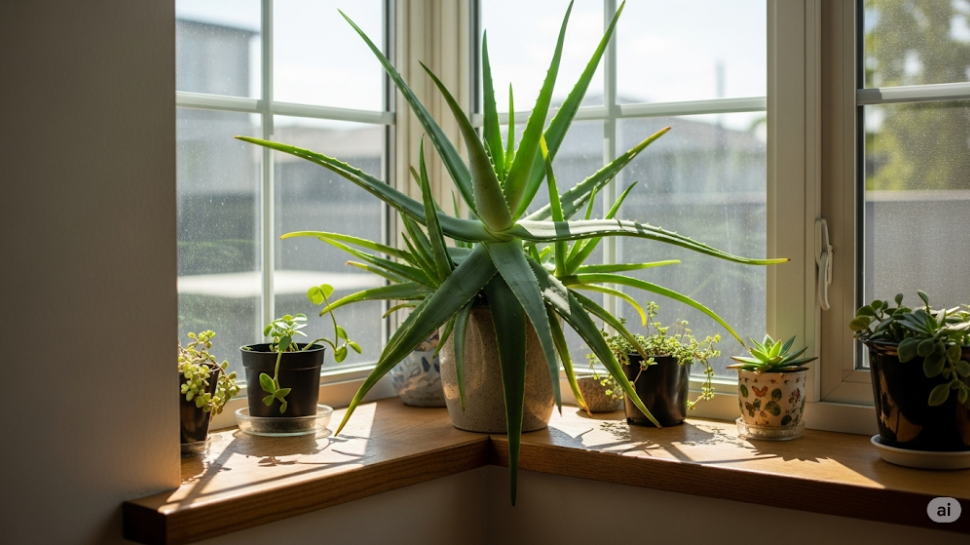)
Aloe Vera
It produces oxygen at night, improving air during sleep. It is a Succulent plant that also provides aloe gel for skin treatments. It filters benzene and formaldehyde, and needs bright, indirect sunlight. Allow the soil to dry completely between waterings. The best placement for this is on Sunny windowsills or bright tables.
Bamboo Palm
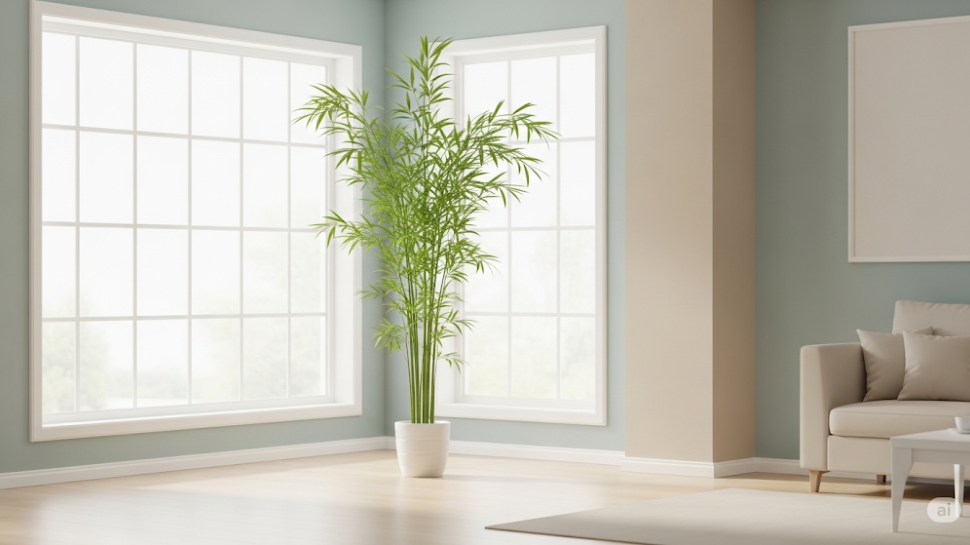)
Bamboo Palm (Chamaedorea seifrizii)
This is a good oxygen producer and air humidifier. It removes benzene, formaldehyde, and carbon monoxide. It prefers bright, indirect light and keeps soil slightly moist; avoid soggy roots. The best placement is to place them in the corners of the living room or near large windows.
Rubber Plant
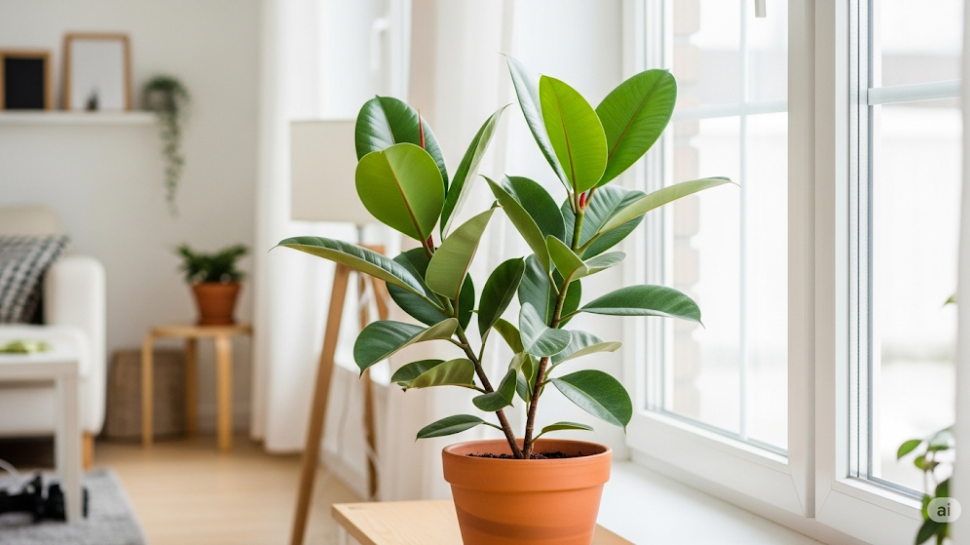)
Rubber Plant (Ficus elastica)
This high oxygen output with broad leaves. It is effective at removing formaldehyde. This prefers bright, indirect light but tolerates low light. Water when the top inch of soil is dry and wipe leaves to remove dust for better oxygen exchange. The best placement is to keep them in bright corners or beside large windows.
Boston Fern
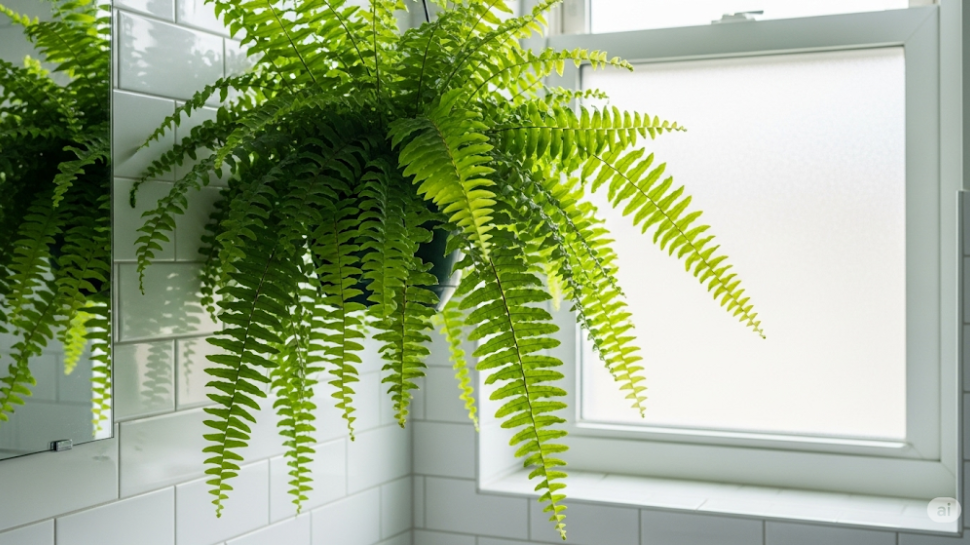)
Boston Fern (Nephrolepis exaltata)
Great for adding moisture and increasing oxygen levels. This removes formaldehyde and xylene and adds humidity, ideal for dry rooms. It needs consistent moisture and high humidity, and indirect light; mist leaves regularly. Best Placement is in bathrooms, kitchens, or bright, humid spots in living rooms.
Pothos
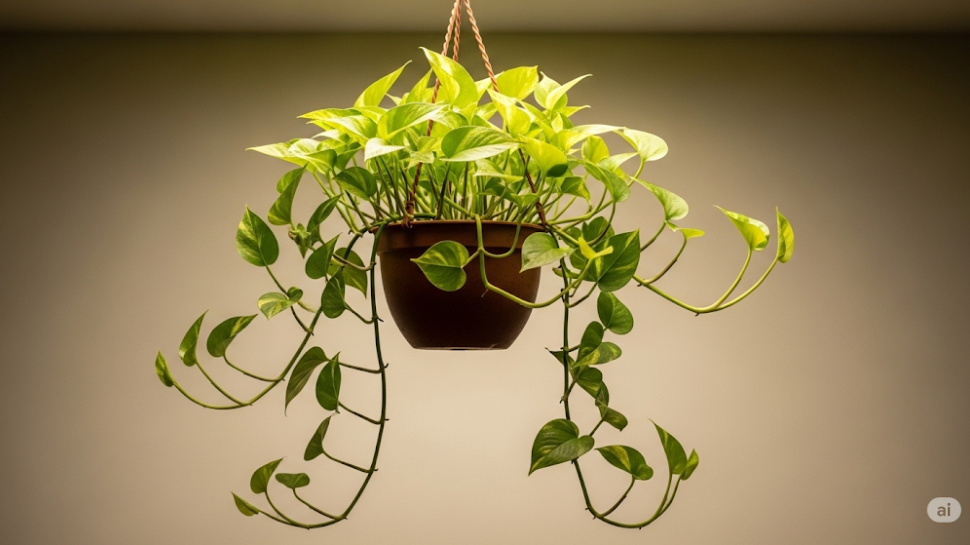)
Pothos (Epipremnum aureum / Devil’s Ivy)
it is effective at boosting oxygen levels in small rooms and removes formaldehyde, benzene, xylene, and toluene. This thrives in low light and neglect. Let soil dry between watering and toxic if ingested (keep away from pets and kids). The best placement for this is in hanging pots or shelves with low to medium light.
Gerbera Daisy
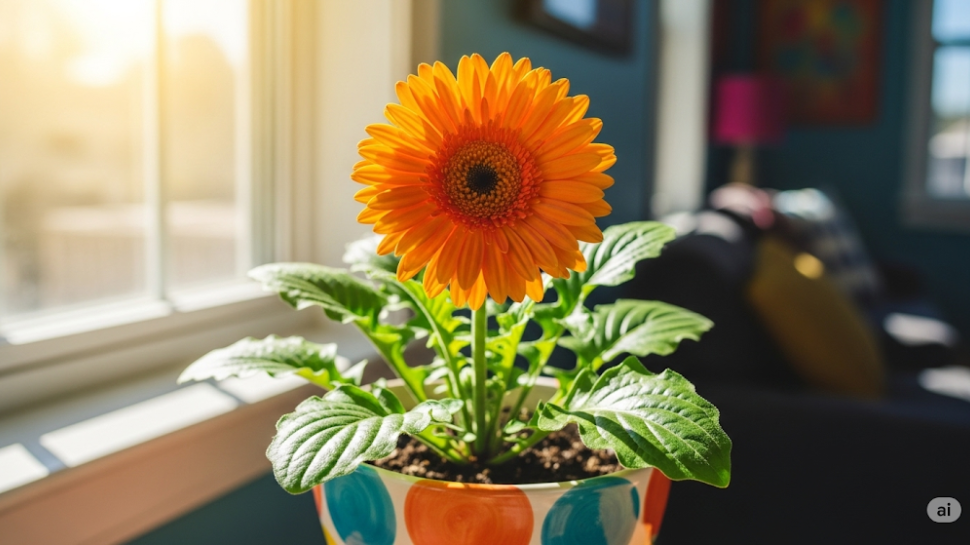)
Gerbera Daisy (Gerbera jamesonii)
This is a unique flowering plant that produces oxygen at night, which brightens the space with colorful blooms. This removes benzene and trichloroethylene. It requires bright, direct sunlight, keeps soil consistently moist (not soggy). It is best grown indoors in containers. The best placement for this is near south-facing windows or brightly lit areas.
Trending Photos



)
)
)
)
)
